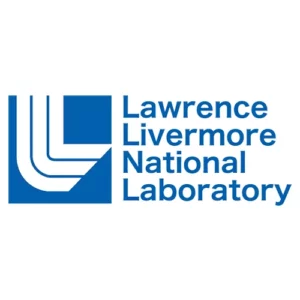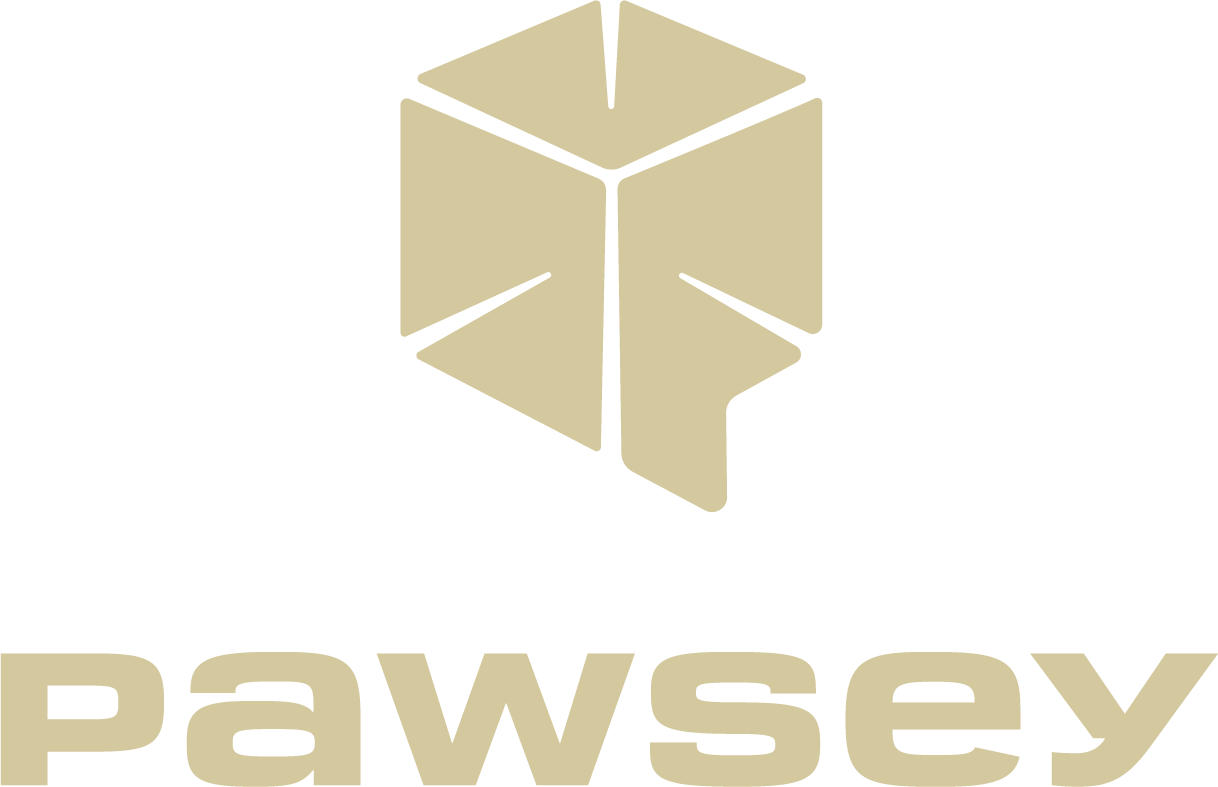Spectra’s physically denser storage solution is much better for Livermore Computing. The Spectra libraries take up significantly less floor space than our previous libraries, which allows us to be more efficient and agile as the big computers come and go.
Todd Heer, Deputy Program Lead, Facilities Operations and User Support, LLNL
The Challenge
The Solution
Lawrence Livermore National Laboratory (LLNL) is now home to the world’s largest Spectra TFinity system, following a complete replacement of the tape library hardware that supports Livermore’s data archives. Housed behind Sierra—the world’s second fastest supercomputer— the new Spectra tape library helps the Laboratory meet some of the most complex data archiving demands in the world and offers the speed, agility, and capacity required to take LLNL into the exascale era. It is capable of storing 294 petabytes of uncompressed data, which is enough space to hold the entire written works of humanity, in every language, since the beginning of history six times over. The new technology represents a 50% or better density improvement over outgoing LC tape media.
Environment Snapshot
- 23-frame Spectra® TFinity® ExaScale Tape Library
- 128 IBM® TS1155 tape drives
- 19,575 tape slots
- 21 SpectraVision cameras
- Up to 294PB of uncompressed data





